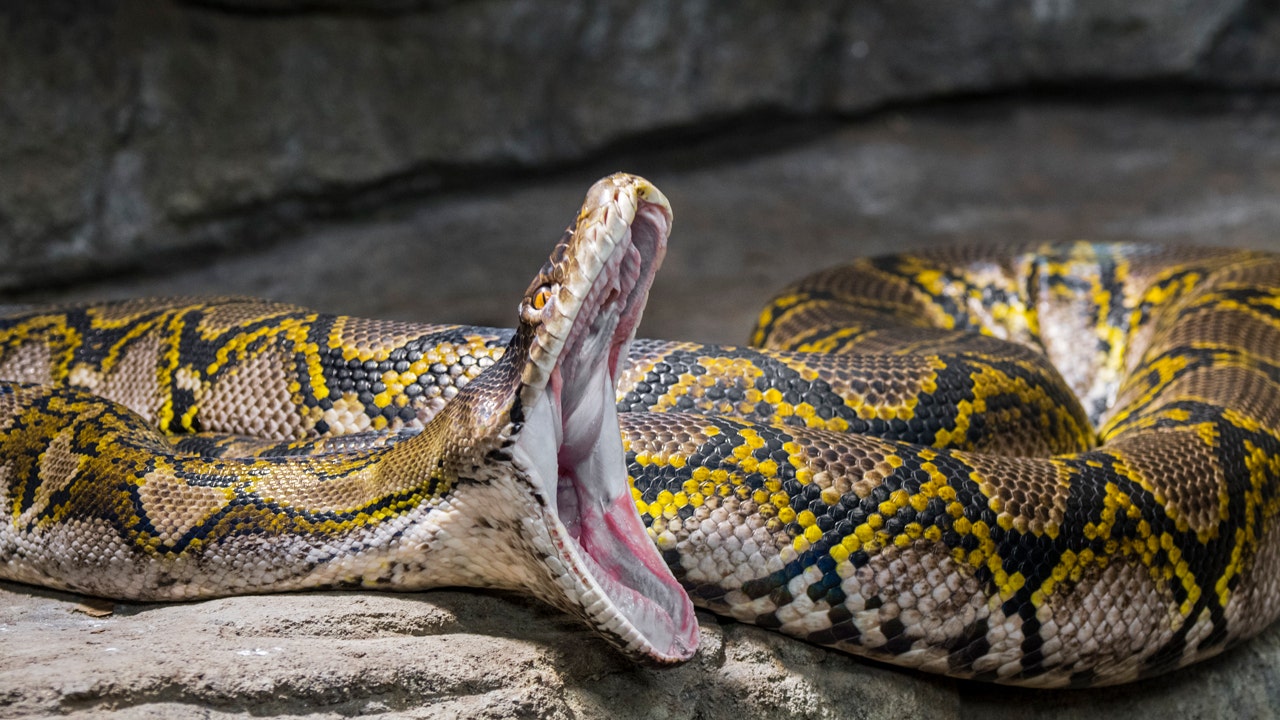The reticulated python holds the record for the longest snake in the world

The world is home to over 3,000 snake species, each with its own unique characteristics. Among these species, the reticulated python stands out as the world’s longest snake. According to the National History Museum, the reticulated python can grow to astonishing lengths, making it a truly impressive creature.
The longest reticulated python ever recorded was found in 1912, measuring a whopping 32 feet, 9.5 inches, as documented by Guinness World Records. In captivity, the record-holder for the longest snake is a reticulated python named Medusa, owned by Full Moon Productions Inc. in Kansas City, Missouri. Medusa was measured at 25 feet, 2 inches in length on Oct. 12, 2011.
Reticulated pythons are native to Southeast Asia, where they thrive in wet, tropical climates. These snakes can be found in habitats in countries such as Indonesia, India, and China, often near rivers, streams, and other bodies of water. They prey on a variety of animals, including pigs, birds, and civets.
Despite their imposing size, reticulated pythons are non-venomous. Instead, they rely on constriction to subdue their prey. These snakes capture their victims by wrapping their powerful bodies around them and suffocating them before swallowing them whole.
In contrast to the reticulated python, the world’s heaviest snake is the green anaconda. These massive snakes can reach lengths of 20 to 30 feet and weigh over 550 pounds, making them formidable predators in their natural habitat of marshes, swamps, and streams in tropical rainforests. Green anacondas have a diverse diet that includes wild pigs, deer, birds, turtles, capybara, caimans, and even jaguars.
In conclusion, the world of snakes is full of fascinating and impressive creatures, with the reticulated python and green anaconda standing out as two of the most remarkable species in terms of size and strength. These snakes serve as a reminder of the incredible diversity of life on our planet and the importance of preserving and protecting these awe-inspiring creatures for future generations to admire and study.




